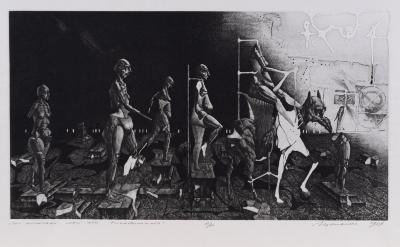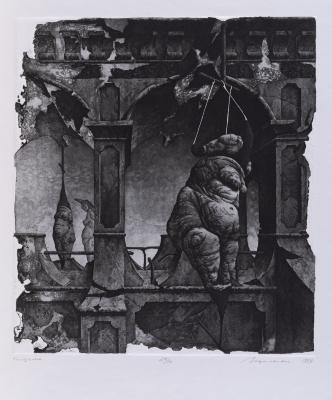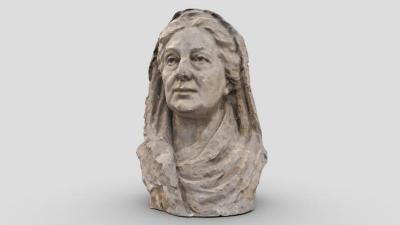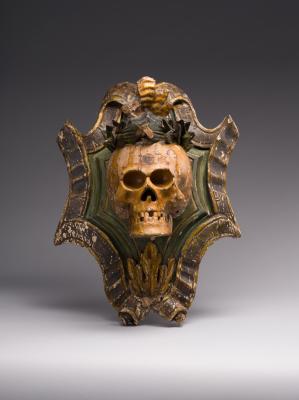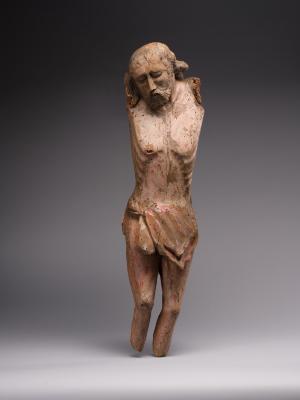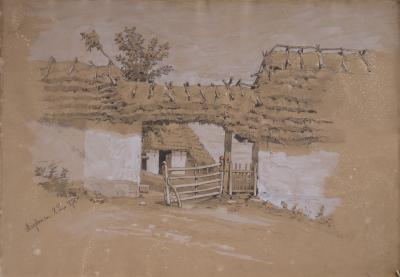The work is a version of one of B. Pinelli's most famous compositions from the albums Raccolta (1809) and Nuova Raccolta (1816). Unlike most of the reproduced engravings, the Lviv composition lacks a fragment of an aqueduct and presents a larger number of female spectators on the left (four instead of two). A similar version of the engraving (but not painted in watercolour) from Nuova Raccolta, published by Giovanni Scudellari in Rome in 1817, is kept in the library of the Hamburger Kunsthalle. Saltarella (saltarello) is an ancient ballroom dance revived in Italy in the late 18th century as a folk dance. It is fast and expressive. It is performed by one couple. B. Pinelli's engraving depicts a couple in the centre – a gentleman is dancing and playing the lute simultaneously, and a lady is making a dancing move while raising the drapery of her dress with her hand. On the right, leaning on the wall, a man and a woman with a child observe the dancers. On the left, a group of female dancers stands in the background of a lush tree. The engraving is brightly painted with blue, yellow, red, and green watercolours.












